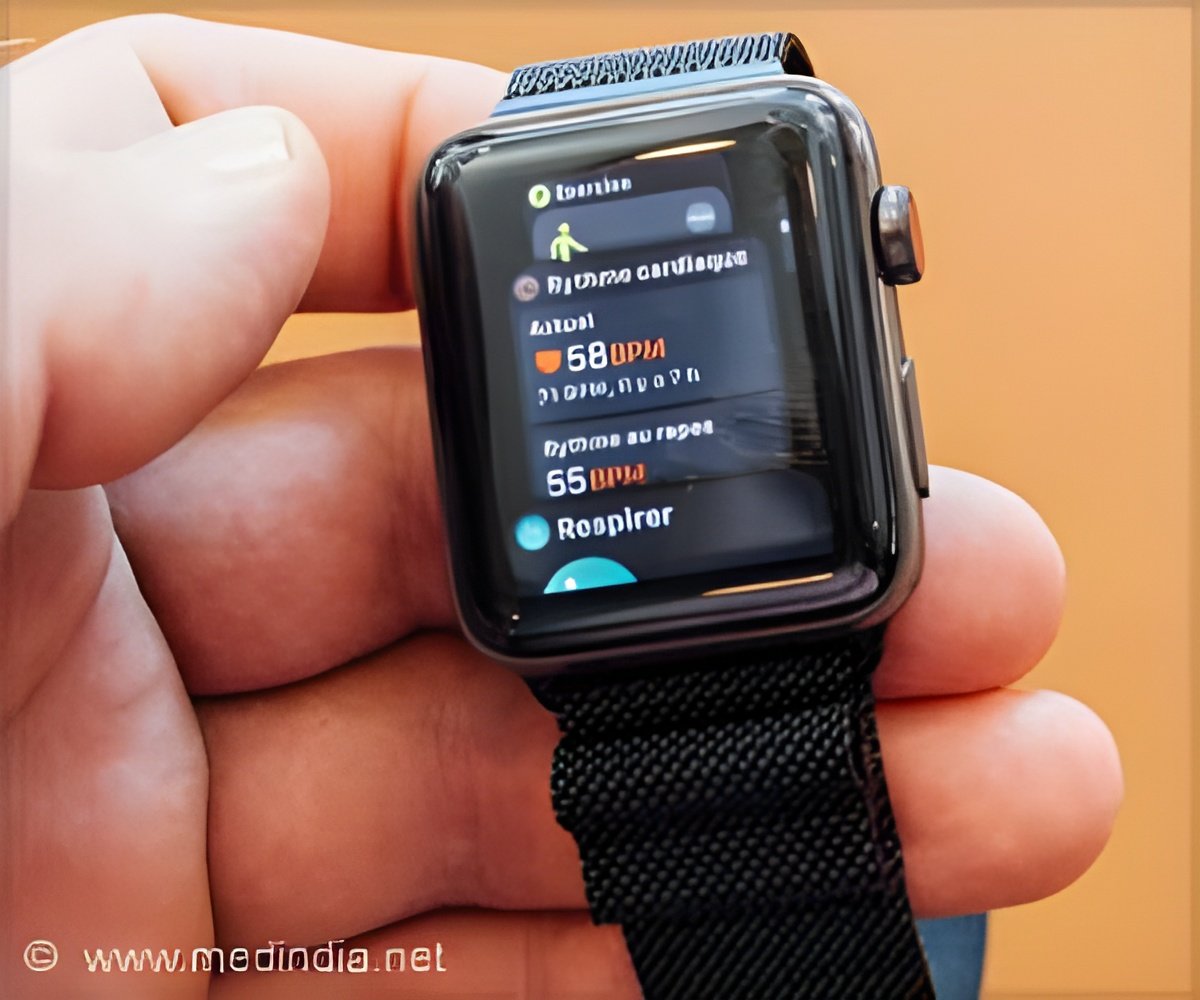High blood pressure (BP) can put you at higher risk for heart disease and stroke. Newly developed wearable technology can help patients to monitor blood pressure easily.

‘Could wearable technology help patients to monitor blood pressure? Yes, newly developed wearable patches can now offer an easy and cost-effective method for monitoring patients who need to track their blood pressure (BP) for a period of time.’
Read More..




A study demonstrates that "pulse wave velocity" (PWV), or how quickly the impulse or force of blood moving away from the heart moves down the arteries, shows promise as a measurement to monitor blood pressure levels, said Marvin J. Slepian, MD, a cardiologist at the University of Arizona Sarver Heart Center.Read More..
Dr. Slepian participated in a collaborative study with investigators Yonggang Huang, Ph.D., and John Rogers, Ph.D., both at Northwestern University, titled, "Relation between blood pressure and pulse wave velocity for human arteries."
Dr. Slepian also is associate department head of biomedical engineering in the UA College of Engineering and professor of materials science and engineering, medical imaging, and medicine, as well as director of the Arizona Center for Accelerated Biomedical Innovation (ACABI) at the UA.
Continuous, cuffless and non-invasive blood pressure monitoring, determined by measuring the pulse wave velocity, is a promising technique for non-invasive measurements, the research team members wrote.
In the paper, the team explains that until now, the relationship between blood pressure and pulse wave velocity was based on unrealistic assumptions that have not been replicated in human arteries and rely on observations rather than physical properties. They describe an analytical model that yielded a measurable relationship between blood pressure and pulse wave velocity. This model may be used in future work to develop continuous, cuffless and non-invasive blood pressure monitoring.
Advertisement
The Slepian Lab also has studied various forms and uses for wearable "patches" able to measure a range of parameters, such as movement and sweat.
Advertisement
High Blood Pressure in the United States (Source: Centers for Disease Control and Prevention)
- Having high blood pressure puts you at risk for heart disease and stroke, which are leading causes of death in the United States.
- About 75 million American adults (32 percent) have high blood pressure -- that's 1 in 3 adults.
- About 1 in 3 American adults has prehypertension -- blood pressure numbers higher than normal -- but not yet in the high blood pressure range.
- Only about half (54 percent) of people with high blood pressure have their condition under control.
- High blood pressure was a primary or contributing cause of death for more than 410,000 Americans in 2014 -- that's more than 1,100 deaths each day.
- High blood pressure costs the nation $48.6 billion each year. This total includes the cost of health-care services, medications to treat high blood pressure and missed days of work.
Source-Eurekalert















